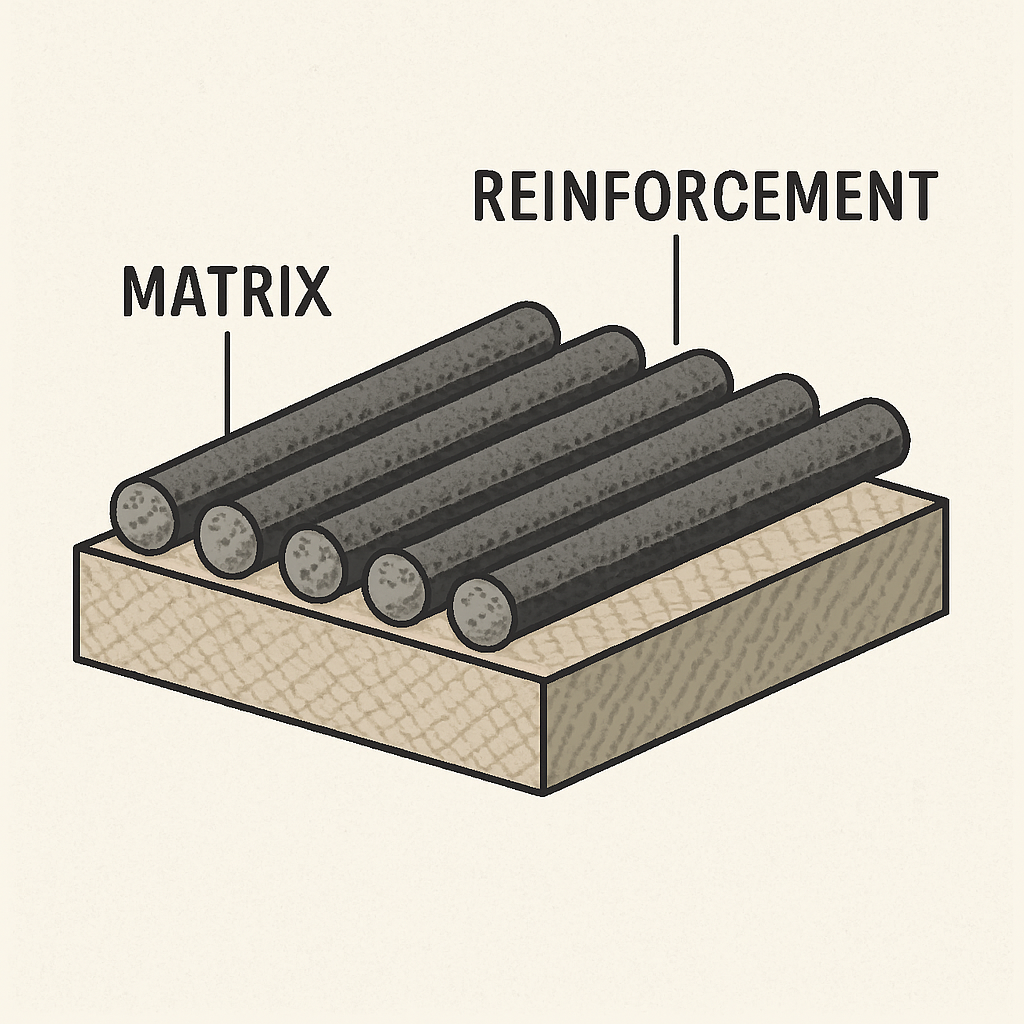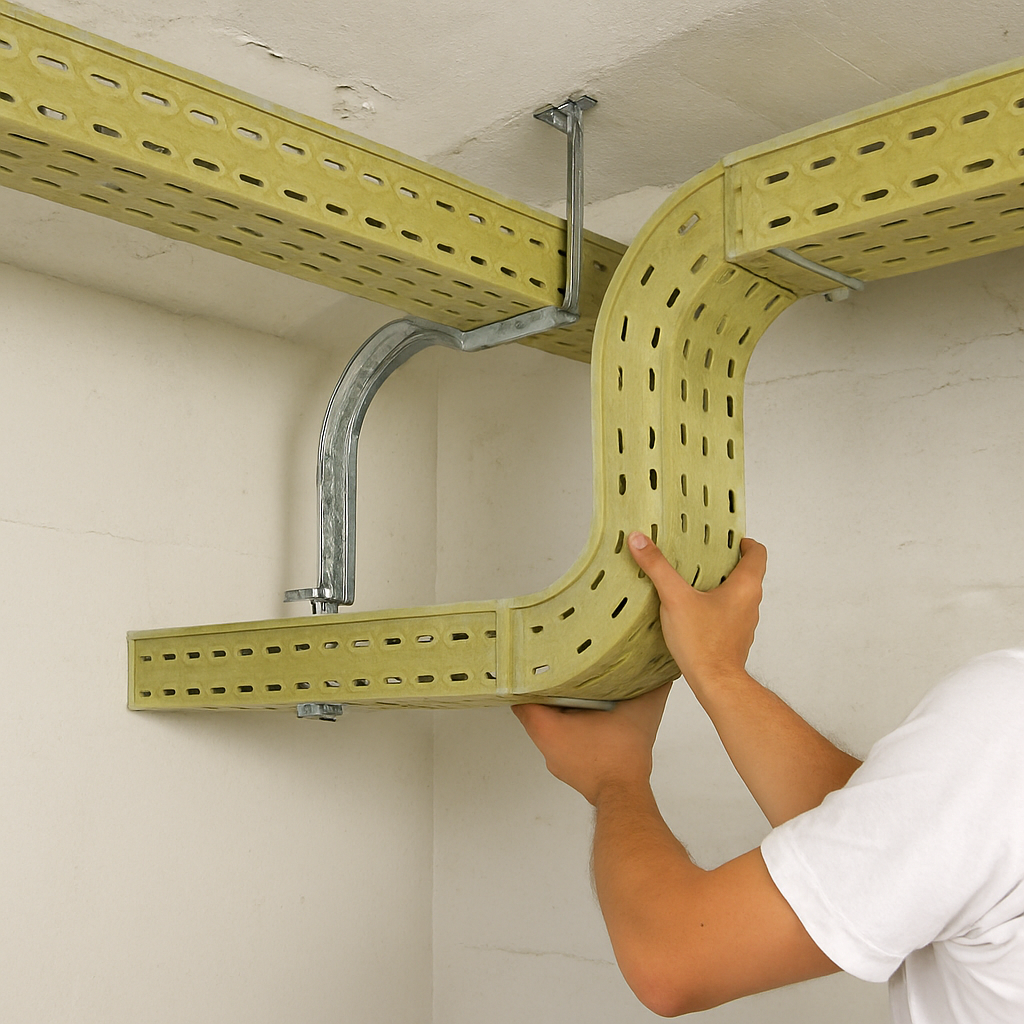When it comes to choosing the right cable tray for your project, understanding the materials and their benefits is crucial. GRP (Glass Reinforced Plastic) and FRP (Fiber Reinforced Plastic) are two popular materials used in the manufacture of cable trays. While they may seem similar, there are distinct differences that can impact your decision. In this article, we’ll explore the differences between GRP and FRP cable trays, their benefits, and why you might choose one over the other.
What is GRP?
GRP stands for Glass Reinforced Plastic. It is a composite material made of a polymer matrix reinforced with glass fibers. This combination results in a strong and durable material that is resistant to corrosion, fire, and various chemicals. GRP is widely used in industries where durability and safety are paramount, such as in the construction of cable trays.
What is FRP?
FRP, or Fiber Reinforced Plastic, is also a composite material but can include a variety of fibers such as glass, carbon, or aramid, along with a polymer matrix. Like GRP, FRP is known for its strength, durability, and resistance to corrosion and chemicals. It is a versatile material used in various applications, including the manufacture of cable trays.
GRP vs FRP: Key Differences
While GRP is a type of FRP, the specific type of fiber used can lead to differences in performance characteristics.
Composition
- GRP: Primarily uses glass fibers for reinforcement.
- FRP: Can use different types of fibers, including glass, carbon, or aramid.
Strength and Durability
- GRP: Offers excellent tensile strength and durability, making it ideal for heavy-duty applications.
- FRP: Provides variable strength depending on the type of fiber used. Carbon fibers, for example, offer higher strength and stiffness compared to glass fibers.
Cost
- GRP: Generally more cost-effective due to the use of less expensive glass fibers.
- FRP: Can be more expensive, especially when using high-performance fibers like carbon or aramid.
Weight
- GRP: Generally heavier due to the glass content.
- FRP: Can be lighter if using carbon or aramid fibers, which may be advantageous for weight-sensitive applications.
Benefits of GRP Cable Trays
-
- Corrosion Resistance: GRP cable trays are highly resistant to corrosion, making them suitable for harsh environments, including marine and chemical industries.
- Fire Resistance: They offer excellent fire resistance, ensuring safety in case of a fire outbreak.
- Durability: GRP cable trays are durable and can withstand harsh conditions, reducing maintenance costs and extending their lifespan.
- Cost-Effective: Due to the use of glass fibers, GRP cable trays are generally more affordable than other materials.
Benefits of FRP Cable Trays
- Versatility: FRP cable trays can be tailored to specific needs by selecting the appropriate fiber type, offering versatility in design and application.
- Lightweight: Depending on the fiber used, FRP trays can be lighter, which is beneficial for installation and reduces structural load.
- High Strength-to-Weight Ratio: FRP offers excellent strength while remaining relatively lightweight, making it ideal for applications where weight is a concern.
- Customization: The ability to customize the fiber and matrix combination allows for tailored solutions to meet specific project requirements.
Choosing Between GRP and FRP Cable Trays
The choice between GRP and FRP cable trays depends on several factors:
- Application Requirements: Consider the specific needs of your project, such as environmental conditions, load requirements, and safety standards.
- Budget: GRP is typically more budget-friendly, but if specific performance characteristics are needed, the investment in FRP may be justified.
- Weight Considerations: If weight is a critical factor, FRP may offer advantages due to its potential for lighter weight with high-strength fibers.
FRP Cable Tray Manufacturers in Malaysia
For those seeking FRP cable trays in Malaysia, several reputable manufacturers provide high-quality products tailored to your needs. These manufacturers offer a range of products to suit various applications, ensuring you have access to the best solutions for your cable management needs.
Conclusion
Understanding the differences between GRP and FRP cable trays is essential for making an informed decision. Both materials offer unique benefits, and the choice will largely depend on the specific requirements of your project. Whether you prioritize cost, strength, or weight, both GRP and FRP provide reliable solutions for your cable management needs. By evaluating the benefits and considering your project needs, you can select the most suitable cable tray for your application.


